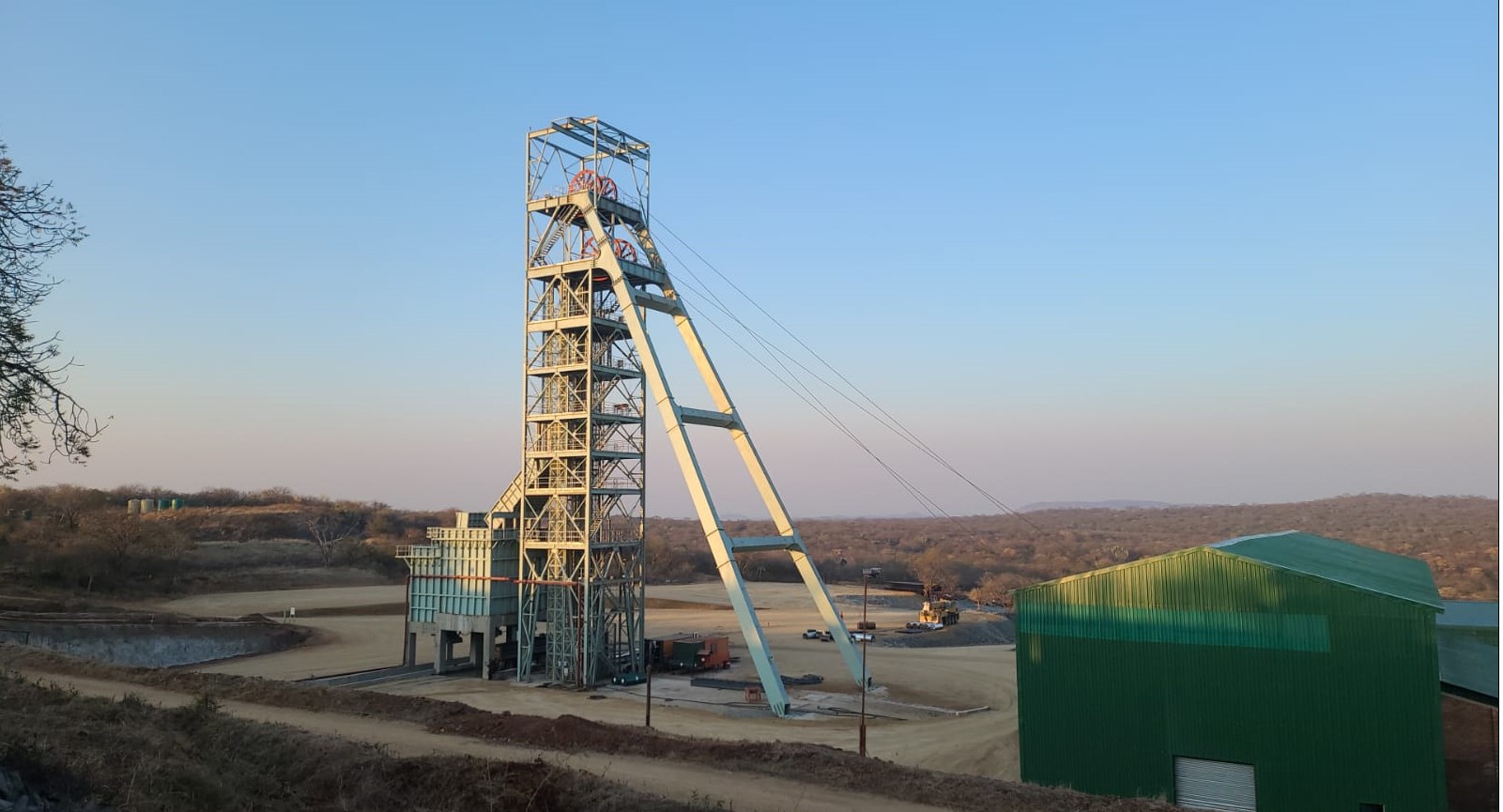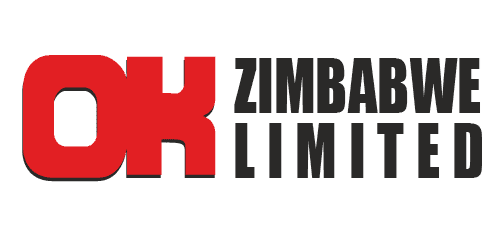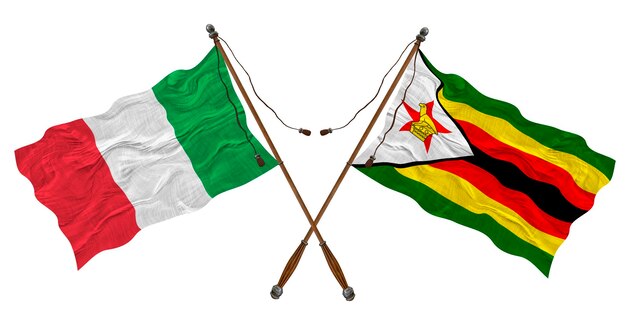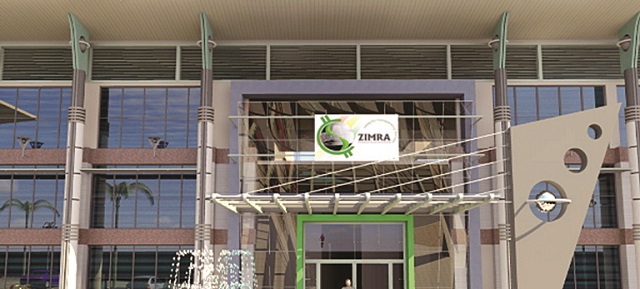Economists hail tight monetary policy effect on stability
ECONOMISTS have applauded the Government’s tight monetary policy stance, saying that it has subdued inflation and anchored exchange rate stability.
Tight monetary policy involves limiting the money supply and credit availability by raising interest rates, while tight fiscal policy entails reducing Government spending, limiting the liquidity available to chase goods and services.
Being to critical legs for economic stability
Zimbabwe’s economy has previously suffered from excessive money creation through various channels, including the Government’s access to the central bank window to fund key public programmes. According to Zimbabwe National Statistics Agency (ZimStat), the March weighted month on month inflation rate was zero percent, shedding 0,3 percentage points from the February rate of 0,3.
ZimStat also said the US dollar inflation rate for March was 0,1 percent from last month’s rate of 0,2 and the ZigG rate of -0,1 from 0,5 percent in March.
An Economist Mr George Nhepera said while the country may not want to raise too much expectation for now, the reality of the current inflation figures suggest that at last the country have managed to subdue and control inflation to lower levels.
“All this has been due to the implementation of a tight monetary policy by the central bank and fiscal prudence and discipline by the Government,” said Mr Nhepera.
“Gone are the days of lack of coordination with respect to the ‘two legs’ of monetary policy and fiscus or national budget management.”
Tight, or contractionary, monetary policy is a course of action undertaken by central banks to slow down overheated economic growth.
As such,the RBZ’s tight monetary policy stance has anchored price and exchange rate stability across the market.
Inflation in Zimbabwe tracks the movement in the exchange rate, meaning stability in the domestic currency, which is influenced by the level of money supply in the economy, is one of the most critical factors to maintaining stability.
According to the World Bank, there was a significant surge in money supply at the beginning of 2024, but a hawkish monetary policy, following the introduction of ZiG in April last year, has restored price stability.
Zimbabwe experienced high inflation in the first quarter of 2024, amid significant expenditure on key infrastructure, rekindling fears that the country could plunge into hyperinflation similar to what happened in 2008, which wiped out people’s hard-earned savings and pensions.
The country is charting a completely new course, with low inflation and a stable exchange rate, which businesses say, if sustained, could support long-term growth and allow greater predictability in the economy.
Dr Prosper Chitambara said there was a need for the Government to address the cost of doing business issues to promote competitiveness and improve livelihoods.
This comes at a time when the annual inflation rate on the US dollar continues to be on the high side with the March rate standing at 15 percent.
“The increase in the US dollar annual inflation is a concern. This year the numbers have been on the high side. In February it was 15,1 percent and now it is on 15 percent,” said Dr Chitambara.
“This makes Zimbabwe very uncompetitive being driven by a number of factors, including the issue of taxes.
“I think there is a lot that needs to be done and I’m happy that the Government is in the process of reviewing the taxes including the high cost of doing business.” He said taxes do contribute to high cost of doing business saying that it affects all sectors with the fuel sector seeing prices being higher than in other counties across the region.
“So there is a need to quickly address the business environment, including reviewing some of our taxes, simplifying the doing business environment, and the tax administrative process, making it easy for businesses that will also have a bearing on inflation and cost of living for households,” said Dr Chitambara.-herald










